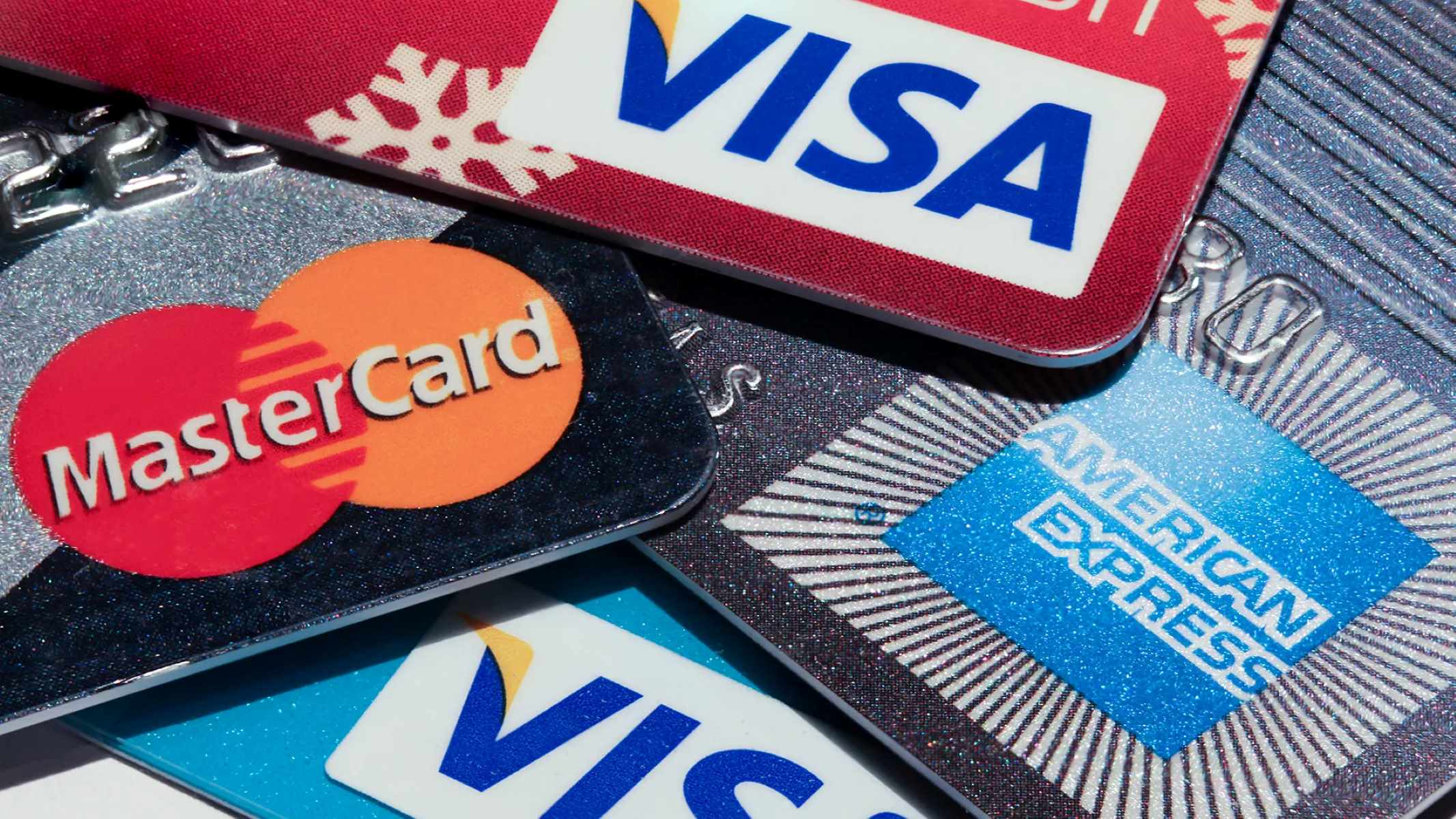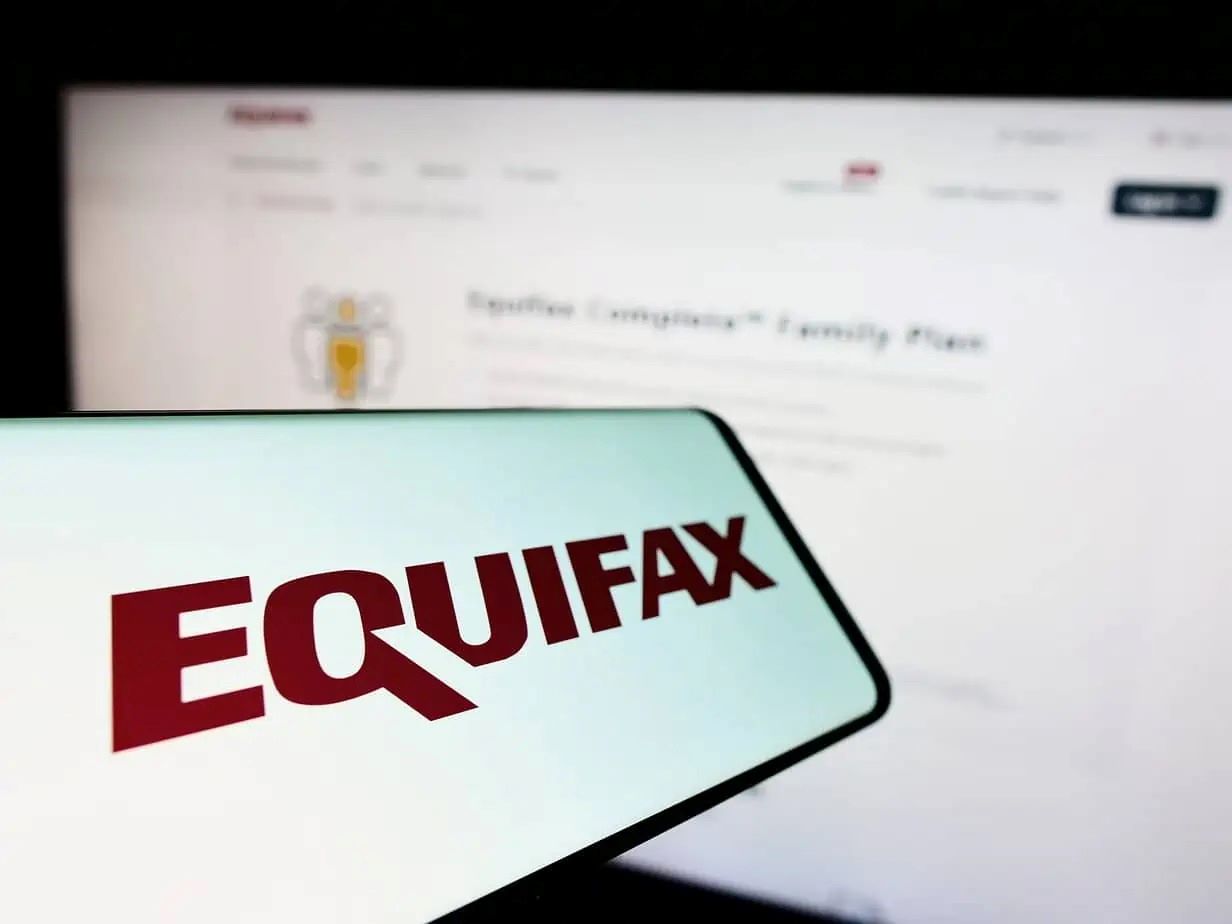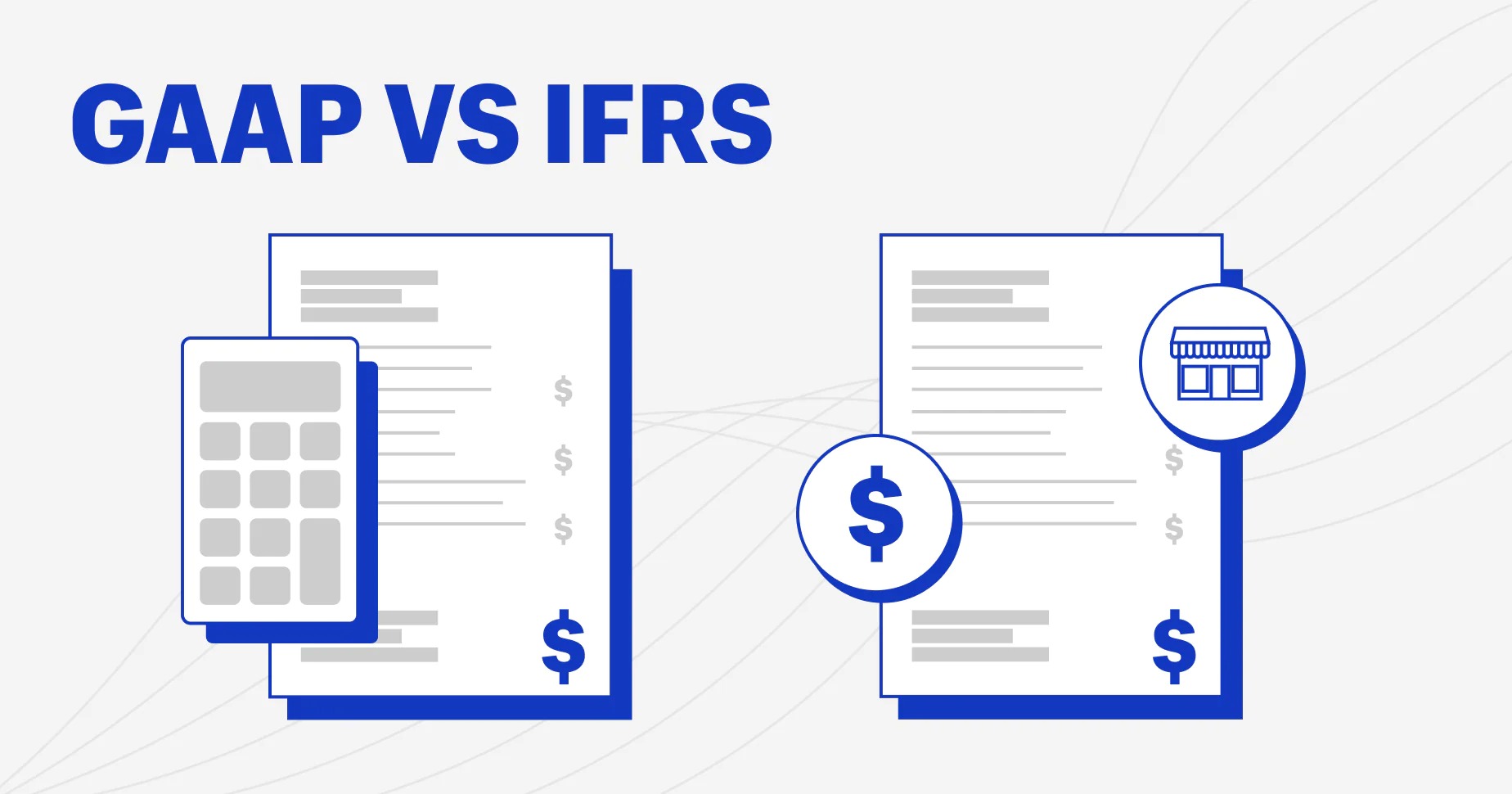Home>Finance>What Are Some Of The Common Marketing Tactics Credit Card Companies Use To Market To Young Adults


Finance
What Are Some Of The Common Marketing Tactics Credit Card Companies Use To Market To Young Adults
Published: October 24, 2023
Credit card companies use various marketing tactics to target young adults with finance-related offers and incentives. Discover the strategies they employ to attract this demographic and explore the impact on young consumers.
(Many of the links in this article redirect to a specific reviewed product. Your purchase of these products through affiliate links helps to generate commission for LiveWell, at no extra cost. Learn more)
Table of Contents
Introduction
Credit card companies have long recognized the potential of young adults as a lucrative market. With their increasing purchasing power and influence over consumer trends, young adults have become a key demographic for credit card companies to target. To capture the attention and loyalty of this demographic, credit card companies employ a range of marketing tactics that cater specifically to the needs and preferences of young adults.
In this article, we will explore some of the common marketing tactics that credit card companies use to market to young adults. From rewards programs to personalized marketing strategies, credit card companies employ a variety of approaches to attract and retain young adult customers.
It’s important to note that while these marketing tactics may be effective in attracting young adult consumers, it’s essential for individuals to carefully evaluate credit card offers and consider their own financial situation before applying for a credit card.
Now, let’s dive in and explore some of the most common marketing tactics used by credit card companies to target young adults.
Reward Programs
One of the most popular marketing tactics used by credit card companies to entice young adults is the implementation of reward programs. These programs offer various incentives, such as cashback, points, or airline miles, for every dollar spent using the credit card.
For young adults who are often seeking value and perks, reward programs provide an attractive proposition. They allow cardholders to earn tangible benefits and discounts on their everyday expenses, making their credit card usage more rewarding.
Credit card companies often collaborate with popular retailers, restaurants, and online platforms to offer bonus rewards for purchases made at specific merchants. This creates a sense of exclusivity and adds an extra incentive for young adults to use their credit card for everyday transactions.
Additionally, reward programs often have tiered systems, where cardholders can level up and unlock even more valuable rewards as they spend more with their credit card. This encourages cardholders to actively engage and use their cards for a wide range of purchases.
However, it’s important for young adults to understand the terms and conditions of reward programs, including any limitations or expiry dates on the rewards earned. It’s crucial to choose a credit card with a reward program that aligns with their spending habits and lifestyle to maximize the benefits.
Overall, reward programs are a powerful marketing tactic used by credit card companies to capture the attention and loyalty of young adults. By offering enticing rewards and collaborating with popular merchants, these programs incentivize young adults to choose a specific credit card and increase their spending.
Sign-Up Bonuses
Another effective marketing tactic employed by credit card companies to attract young adults is the use of sign-up bonuses. Sign-up bonuses are incentives offered to new cardholders upon approval of their credit card application.
These bonuses often come in the form of cash rewards, statement credits, or a large number of reward points. The allure of a sign-up bonus can be particularly appealing to young adults who are looking to make the most of their credit card usage from the very beginning.
Credit card companies may also offer additional perks as part of the sign-up bonus, such as complimentary airport lounge access, free hotel stays, or discounts on travel bookings. These enticing bonuses can be a major draw for young adults who enjoy traveling or want to experience luxury at a discounted rate.
It’s important for young adults to carefully evaluate sign-up bonuses and consider the spending requirements attached to them. Some credit cards may require a minimum spend within a specified period to qualify for the sign-up bonus. This requirement may be challenging for individuals who do not have a high level of spending or who do not plan to use their credit card extensively.
While sign-up bonuses can be a valuable perk, it’s essential to consider other factors, such as the annual fee, interest rates, and ongoing rewards, when choosing a credit card. The sign-up bonus should be viewed as an additional benefit rather than the sole reason for selecting a specific credit card.
In summary, sign-up bonuses are an effective marketing tactic used by credit card companies to entice young adults. These bonuses provide immediate benefits to new cardholders, ranging from cash rewards to travel perks. However, it’s important for young adults to evaluate the requirements and consider the long-term value of the credit card before making a decision.
Student-specific Offers
Credit card companies often target young adults who are students by offering student-specific credit card offers. These offers cater specifically to the unique needs and financial situations of students, making them an attractive option for young adults in pursuit of their education.
Student-specific credit card offers typically have features that are tailored to the student lifestyle. They may offer lower interest rates, lower credit limits, and some may even have no annual fees. These features can be beneficial for young adults who may have limited income and are looking for a credit card that aligns with their financial circumstances.
In addition to the favorable terms, credit card companies may also provide student-oriented rewards and benefits. These can include cashback on everyday purchases such as groceries, transportation, and textbooks. Some credit cards even offer bonus rewards for certain categories that are common among students, such as dining out or online shopping.
Another advantage of student-specific credit card offers is the potential to build a credit history. For many young adults, getting their first credit card while studying can help establish responsible credit usage and build a positive credit history, which can be beneficial for future financial endeavors.
It’s important for students to approach credit cards responsibly and understand the terms and conditions. Building up credit card debt at a young age can have long-term consequences, so it’s crucial to establish good spending habits and make payments on time to avoid high interest charges.
Overall, student-specific credit card offers are a targeted marketing tactic used by credit card companies to attract young adults who are in pursuit of higher education. These offers provide tailored features and rewards that cater to the unique needs of students, while also offering an opportunity to establish a credit history.
Social Media Marketing
In today’s digital age, social media has become an integral part of our lives, especially for young adults. Recognizing this, credit card companies leverage social media platforms as a key marketing tactic to reach and engage with their target audience.
Social media marketing allows credit card companies to connect with young adults in a more personalized and interactive way. They can create engaging content, share useful financial tips, and showcase the benefits of their credit cards through visually appealing posts and videos.
Through social media platforms like Instagram, Facebook, and Twitter, credit card companies can directly communicate with their audience and respond to inquiries or feedback in real-time. This level of engagement helps build trust and establishes a positive brand image among young adults.
Moreover, credit card companies often partner with popular influencers and content creators on social media to promote their products and services. By collaborating with influencers who have a large following, credit card companies can tap into their credibility and influence to further expand their reach among young adults.
Social media platforms also enable credit card companies to run targeted advertising campaigns. They can tailor their advertisements based on demographics, interests, and online behaviors to ensure they are reaching the most relevant audience. This targeted approach increases the chances of capturing the attention of young adults who may be interested in credit card offers.
It’s worth noting that social media marketing allows credit card companies to stay up-to-date with the latest trends and preferences of young adults. They can adapt their marketing strategies accordingly, ensuring their content remains relevant and resonates with their target audience.
In summary, social media marketing is a powerful tool used by credit card companies to connect and engage with young adults. Through visually appealing content, collaborations with influencers, and targeted advertising, credit card companies can effectively showcase the benefits of their credit cards and establish a strong brand presence among their target audience.
Influencer Partnerships
In recent years, influencer marketing has gained significant traction as an effective strategy for credit card companies to target young adults. Influencers, who have amassed a large following and hold influence over their audience, are often seen as trusted sources of information and recommendations.
Credit card companies strategically collaborate with influencers who align with their brand values and target demographic. These influencers may include popular fashion, travel, or finance influencers who have a strong presence on social media platforms.
Through influencer partnerships, credit card companies can generate buzz and raise awareness about their credit cards among young adults. Influencers create engaging content that showcases the benefits and features of the credit card, often incorporating personal anecdotes and experiences to make the messaging more relatable.
The use of influencers can be an effective strategy for credit card companies to establish credibility and trust among their target audience. Young adults are more likely to trust recommendations from influencers they follow and relate to, resulting in a higher likelihood of considering the recommended credit card.
Furthermore, influencers can provide unique insights into the credit card’s value proposition and benefits, offering a more authentic perspective to their audience. Credit card companies often provide influencers with special deals, exclusive offers, or personalized experiences to share with their followers, creating a sense of exclusivity and further incentivizing young adults to consider the credit card.
However, it’s important for young adults to approach influencer partnerships with a critical mindset. While influencers can provide valuable information, it’s crucial to conduct independent research and evaluate the credit card’s terms and conditions before making a decision.
In summary, influencer partnerships have become a popular marketing tactic for credit card companies to reach and engage with young adults. Collaborating with influencers allows credit card companies to leverage their influence and credibility to promote the benefits of their credit cards, ultimately attracting and resonating with their target audience.
Mobile Apps and Notifications
In today’s digital world, where smartphones are ubiquitous, credit card companies are utilizing mobile apps and notifications as a powerful marketing tactic to target young adults. Mobile apps provide convenience and accessibility, allowing young adults to manage their credit card accounts seamlessly.
Credit card companies develop user-friendly mobile apps that allow cardholders to track their spending, make payments, and view transaction history with just a few taps. These apps often come with additional features, such as budgeting tools, spending alerts, and personalized recommendations, to help young adults better manage their finances.
One of the key marketing strategies with mobile apps is the use of push notifications. Credit card companies can send targeted notifications to users’ mobile devices, providing updates on rewards, promotions, or exclusive offers. These notifications serve as gentle reminders and incentives for young adults to stay engaged with their credit cards and utilize the benefits available.
Additionally, credit card companies may employ personalized notifications that highlight spending patterns, provide tips for maximizing rewards, or offer insights into saving money. These personalized notifications not only enhance the user experience but also create a sense of value and tailored support for young adults.
Mobile apps also enable credit card companies to gamify the user experience. They can introduce challenges, contests, or reward systems within the app to encourage young adults to engage with their credit card and earn additional benefits. By providing a gamified experience, credit card companies make managing finances more enjoyable and rewarding for young adults.
It’s important for young adults to carefully manage notifications and set preferences in the mobile app to receive relevant and useful information. Too many notifications can become overwhelming and lead to information overload, which may result in users ignoring or uninstalling the app.
Overall, mobile apps and notifications have become an integral part of credit card marketing strategies targeting young adults. By providing convenience, personalized insights, and gamified experiences, credit card companies leverage mobile apps to engage with their audience in a more interactive and impactful way.
Personalized Marketing
Personalized marketing has emerged as a highly effective tactic used by credit card companies to tailor their messaging and offers to the specific needs and preferences of young adults. With advances in data analytics and customer segmentation, credit card companies can customize their marketing efforts to deliver a more personalized and targeted experience.
Personalized marketing involves analyzing data on a customer’s spending habits, demographics, and previous interactions to determine the most relevant offers and recommendations. By leveraging this data, credit card companies can create targeted campaigns that resonate with young adults and address their individual financial goals and aspirations.
One common strategy in personalized marketing is sending customized offers based on a customer’s spending patterns. For example, if a young adult frequently dines out at restaurants, they may receive targeted promotions or discounts for restaurant purchases made with their credit card.
Credit card companies may also utilize personalized marketing to offer credit limit increases or exclusive rewards based on a young adult’s credit behavior. If a customer consistently pays their bills on time and maintains a good credit score, they may receive special offers, such as lower interest rates or higher rewards for their continued loyalty.
Furthermore, personalized marketing extends beyond traditional communication channels. Credit card companies use email marketing, direct mailers, and even personalized landing pages on their websites to deliver tailored messages and offers to young adults.
It’s important to note that personalized marketing is a delicate balance between delivering targeted offers and respecting customer privacy. Credit card companies must ensure that they are transparent about how customer data is used and that they adhere to strict privacy regulations to safeguard customer information.
Overall, personalized marketing allows credit card companies to enhance their relationship with young adults by delivering relevant and timely offers. By leveraging customer data and technology, credit card companies can create more meaningful connections and increase customer loyalty among their target audience.
Financial Education Programs
Recognizing the importance of financial literacy among young adults, credit card companies have implemented financial education programs as a marketing tactic. These programs aim to educate and empower young adults with the knowledge and skills needed to make informed financial decisions, including the responsible use of credit cards.
Financial education programs offered by credit card companies may take various forms. They can range from online resources, interactive tools, blog articles, webinars, or even in-person workshops. These programs cover a wide range of topics, such as budgeting, managing debt, understanding credit scores, and setting financial goals.
Through these programs, credit card companies demonstrate their commitment to helping young adults navigate the complexities of personal finance. They provide valuable information and resources that can empower young adults to make responsible financial choices and effectively utilize credit cards to their advantage.
Credit card companies may also collaborate with financial experts and organizations to develop comprehensive educational content. This content can help young adults develop essential financial skills and increase their overall financial literacy, which can benefit them throughout their lives.
By offering financial education programs, credit card companies not only position themselves as trusted sources of information but also establish a sense of goodwill and support for their target audience. These programs demonstrate a commitment to the financial well-being of young adults and can help build long-term relationships with customers.
It’s important for young adults to take advantage of financial education programs offered by credit card companies. By actively engaging with these resources, they can gain the knowledge and tools needed to manage their finances effectively, make informed decisions about credit card usage, and avoid potential pitfalls.
In summary, financial education programs are an impactful marketing tactic used by credit card companies to educate and support young adults in their journey towards financial literacy. By providing valuable resources and information, credit card companies can empower young adults to make responsible financial decisions and establish healthy credit habits.
Co-branded Promotions
Co-branded promotions are a popular marketing tactic employed by credit card companies to tap into the brand equity and customer base of other well-known companies. Through strategic partnerships, credit card companies can offer exclusive promotions and benefits to young adults that are tailored to their interests and lifestyle.
Co-branded promotions typically involve collaborations between credit card companies and various industries, such as travel, retail, entertainment, or dining. For example, a credit card company may partner with a popular airline to offer special discounts on airfare or bonus miles for every purchase made with the co-branded credit card.
These partnerships create a win-win situation for both parties involved. The credit card company gains access to a new pool of potential customers through the partner’s customer base, while the partner company benefits by offering unique incentives to its customers and enhancing customer loyalty.
Co-branded promotions provide an added layer of value for young adults who use their credit card for specific purchases. For example, a credit card company may offer bonus rewards or discounts for purchases made at partner retailers or for specific categories that young adults often spend on, such as fashion or technology.
These promotions not only encourage young adults to choose a specific credit card, but they also create a sense of exclusivity and aligned interests. By offering benefits that are relevant and appealing to their target audience, credit card companies can strengthen their connection with young adults and increase customer loyalty.
It’s important for young adults to carefully evaluate co-branded promotions and consider how well they align with their spending habits and preferences. While these promotions can provide valuable benefits, it’s essential to assess overall credit card terms, such as interest rates and fees, to ensure long-term financial responsibility.
In summary, co-branded promotions are an effective marketing tactic used by credit card companies to attract young adults by partnering with popular brands and offering exclusive benefits. By aligning with industries that appeal to their target audience, credit card companies can provide added value and incentive for young adults to choose their credit card.
Targeted Advertising Strategies
Targeted advertising strategies are a key component of credit card companies’ marketing tactics to effectively reach and engage with young adults. Through data analysis and segmentation, credit card companies can tailor their advertisements to specific demographics, interests, and online behaviors of their target audience.
One of the primary channels for targeted advertising is digital platforms, such as social media, search engines, and display networks. Credit card companies can leverage comprehensive data to create personalized ads that resonate with young adults.
For instance, if a young adult has previously shown interest in travel-related content or has searched for travel deals, credit card companies can deliver targeted ads highlighting the benefits of their travel rewards program or exclusive travel perks.
Additionally, credit card companies may utilize remarketing ads, which specifically target individuals who have previously engaged with their website or shown interest in their credit card offers. These ads act as reminders or incentives to encourage young adults to apply for a credit card or explore additional benefits.
The use of targeted advertising enables credit card companies to allocate their marketing budget more effectively by reaching a highly specific audience. This approach not only increases the chances of converting leads into customers but also helps to minimize wasteful ad spend on audiences that may not be interested in credit card offers.
Moreover, targeted advertisements can be optimized for different devices, including mobile phones and tablets, as young adults heavily rely on these devices for their online activities. Ensuring that ads are optimized for mobile viewing enhances the user experience and improves the likelihood of engagement and conversion.
It’s important for young adults to be aware of the impact of targeted advertising and exercise caution when evaluating credit card offers. While these ads may be tailored to their preferences, it’s crucial to thoroughly research credit card terms, fees, and benefits to make an informed decision.
In summary, targeted advertising strategies play a significant role in credit card companies’ marketing efforts to effectively reach and engage with young adults. By delivering personalized and relevant ads across various digital platforms, credit card companies can grab the attention of their target audience and communicate the unique benefits of their credit card offers.
Conclusion
In conclusion, credit card companies employ a range of effective marketing tactics to target and engage young adults. From reward programs and sign-up bonuses to student-specific offers and influencer partnerships, these strategies are designed to capture the attention and loyalty of the growing young adult market.
Social media marketing and personalized marketing play crucial roles in reaching young adults where they spend a significant amount of their time – on social media platforms. By leveraging the power of influencers and delivering personalized messages and offers, credit card companies can establish a strong presence and build trust among their target audience.
Mobile apps and notifications provide convenience and accessibility, allowing young adults to manage their credit cards seamlessly. With push notifications and gamified experiences, credit card companies can keep young adults engaged and incentivize them to maximize the benefits of their credit cards.
Financial education programs and co-branded promotions offer valuable resources and exclusive benefits to young adults. These programs demonstrate credit card companies’ commitment to the financial well-being of young adults while providing opportunities for partnerships with popular brands.
Lastly, targeted advertising strategies ensure that credit card companies reach the right audience with the right message at the right time. By leveraging data analytics and segmentation, credit card companies can personalize their advertising efforts, resulting in increased relevance and effectiveness.
It’s important for young adults to exercise caution and make informed decisions when evaluating credit card offers. While these marketing tactics may be enticing, it’s crucial to assess the overall credit card terms, fees, and benefits to ensure responsible credit card usage.
In the dynamic landscape of credit card marketing, credit card companies will continue to innovate and refine their strategies to cater to the ever-changing needs and preferences of young adults. By delivering value, convenience, and personalized experiences, credit card companies aim to establish long-term relationships with young adult customers.














